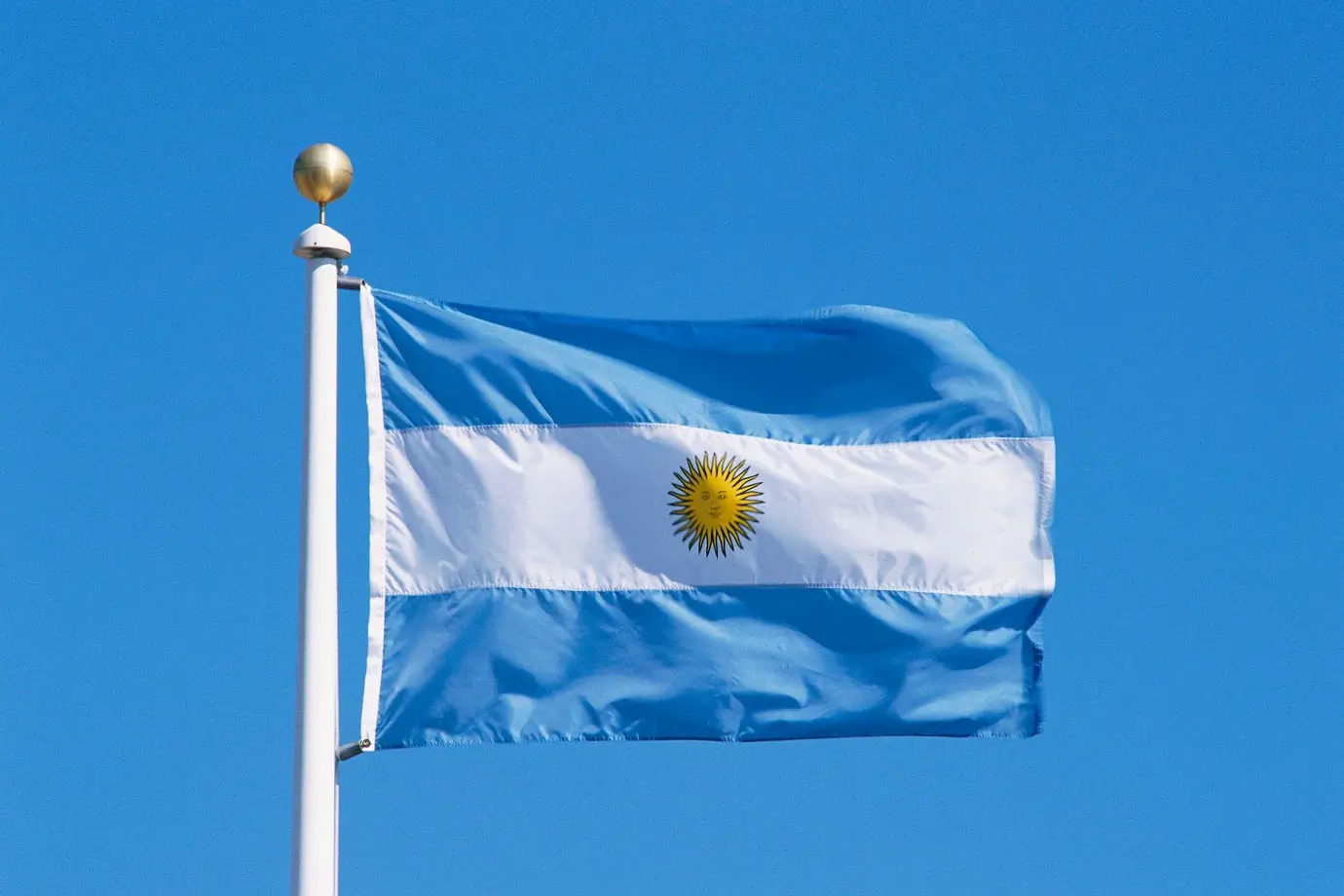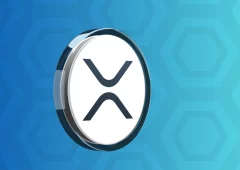Argentina’s President Endorses New Crypto, But Price Crashes 90%
15.02.2025 19:00 2 min. read Alexander Zdravkov
Argentina’s president, Javier Milei, brought major attention to the LIBRA token, propelling it to the forefront of the cryptocurrency world.
Initially, it seemed like a groundbreaking project aimed at boosting Argentina’s economy, especially for smaller businesses and startups. However, what followed was a dramatic fall from grace, as the token’s price plummeted by 90%, leading to a series of devastating losses for investors.
LIBRA was part of the Viva La Libertad Project, a financial initiative endorsed by Milei with the promise of economic growth. His public backing quickly caused a massive surge in the token’s value—rising by 3000% to a peak of $4.5.

The coin’s market capitalization soared to $4.5 billion, drawing global interest. It even gained popularity akin to meme coins like TRUMP and MELANIA. But the excitement was short-lived.
The first signs of trouble appeared when blockchain analysis revealed that a handful of insiders controlled 82% of the LIBRA supply.
Shortly after, the project’s team withdrew $87 million from liquidity pools, triggering the crash. The situation worsened when insiders began cashing out, securing $107 million in profits, leaving the average investor to bear the brunt of the losses.

Now, LIBRA trades at a mere fraction of its peak value—$0.2236, reflecting a staggering 90% decline. Despite its current market cap of $221.3 million, the fall has deeply impacted investor trust, leaving many questioning the viability of trending tokens in the crypto space.
-
1
Ethereum Core Developer Launches Foundation to Push ETH to $10,000
03.07.2025 20:00 2 min. read -
2
First-Ever Staked Crypto ETF Set to Launch in the U.S. This Week
01.07.2025 9:00 2 min. read -
3
LINK Stuck Below $15 as Whales Accumulate and Retail Stalls, CryptoQuant Reports
03.07.2025 19:00 2 min. read -
4
XRP Price Prediction: Price Compression and Higher ETF Approval Odds Could Propel XRP to $4
01.07.2025 20:03 3 min. read -
5
Crypto Inflows hit $1B Last Week as Ethereum Outshines Bitcoin in Investor Sentiment
07.07.2025 20:30 2 min. read
IMF Disputes El Salvador’s Bitcoin Purchases, Cites Asset Consolidation
A new report from the International Monetary Fund (IMF) suggests that El Salvador’s recent Bitcoin accumulation may not stem from ongoing purchases, but rather from a reshuffling of assets across government-controlled wallets.
Sberbank Moves to Dominate Russia’s Crypto Custody Sector
Sberbank, Russia’s largest state-owned bank, is preparing to launch custody services for digital assets, marking a significant expansion into the country’s evolving crypto landscape.
Ethereum Sparks Altcoin Season as FOMO Shifts Away From Bitcoin
Traders are rapidly shifting their focus to Ethereum and altcoins after Bitcoin’s recent all-time high triggered widespread retail FOMO.
Ethereum ETF Inflows Hit Record High as Price Jumps Past $3,400
Ethereum saw an explosive surge in institutional demand this week, with spot exchange-traded funds (ETFs) posting their highest single-day inflow on record. O
-
1
Ethereum Core Developer Launches Foundation to Push ETH to $10,000
03.07.2025 20:00 2 min. read -
2
First-Ever Staked Crypto ETF Set to Launch in the U.S. This Week
01.07.2025 9:00 2 min. read -
3
LINK Stuck Below $15 as Whales Accumulate and Retail Stalls, CryptoQuant Reports
03.07.2025 19:00 2 min. read -
4
XRP Price Prediction: Price Compression and Higher ETF Approval Odds Could Propel XRP to $4
01.07.2025 20:03 3 min. read -
5
Crypto Inflows hit $1B Last Week as Ethereum Outshines Bitcoin in Investor Sentiment
07.07.2025 20:30 2 min. read


